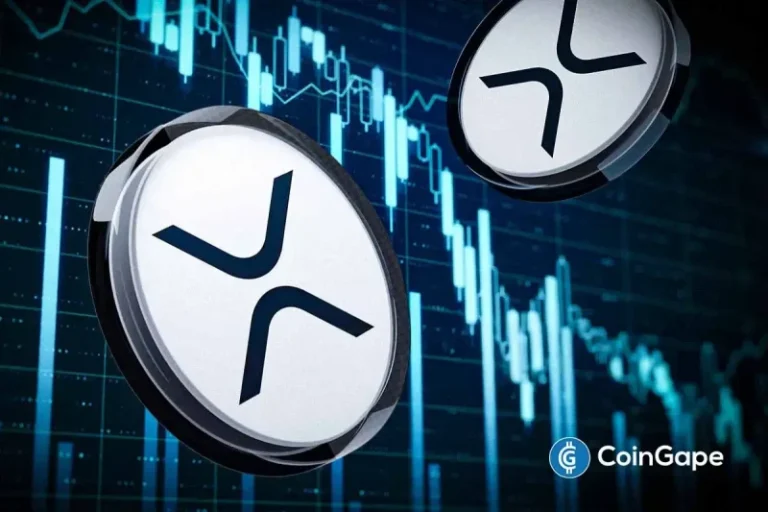Mike Novogratz’s Galaxy firm has been making waves in the web3 industry. Today only Galaxy announced that its venture firm is set to surpass its set target of $180 million in fundraising by June 2025.
Now, in another strategic effort by it for the deeper integration of traditional finance (TradFi) with the world of digital assets, it has revealed new product launch with State Street’s Hong Kong Branch.
According to the sources, as one of the world’s largest asset manager, State Street and Galaxy’s investment arm are set to launch a new crypto investment application”soon”. The new application will be aimed at institutional and retail investors across Asia.
Notably, this launch is part of their collaborative partnership signed in June, 2024 for working on new crypto trading products together.
What is Galaxy-Side Street New Crypto App About
Set to launch later this year, the app is tentatively named “GalaxyStreet”.
Though the info about the details of the app remain scarce, the app is set to provide users with seamless access to curated crypto portfolios, real-time market analytics, tokenized asset investments, and decentralized finance (DeFi) opportunities.
According to the vision of Galaxy-Side Street partnership unveiled last year, the State Street Galaxy App will be aimed at providing democratize access to digital asset investment opportunities
Certain expected features include:
1. It can use Galaxy’s proprietary analytics to track token movements, wallet activity, and market sentiment. This will help in providing on-chain analytics and real-time blockchain monitoring
2. There can be built-in tools as well for hedging volatility, analyzing token correlations, and assessing protocol risk.
3. It will be useful for institutions and high-net-worth individuals who want more than just BTC/ETH exposure.
Given the crypto-focused ETFs that SideStreet launched with Galaxy last year, it can provide access to digital asset ETFs, managed portfolios, and potentially tokenized securities in the future.
Notably, Canada is set to launch the world’s first spot Solana ETFs this week after receiving regulatory approval from the Ontario Securities Commission (OSC).
The app seems to be developed for Institutional investors which includes asset managers, pension funds, family office and accredited retail investors too. Especially in regulated Asian markets like Hong Kong and Singapore.
According to reports, Galaxy and Side Street eyes $5 billion in AUM for the app – by end of 2026.
Notably, this app represents a milestone for institutional crypto adoption in Asia as it combines Wall Street-grade asset management (State Street) with crypto-native intelligence (Galaxy).
Regulatory Tailwinds
The Galaxy Street launch further aligns with Hong Kong’s push to become a regulated crypto hub.
Hong Kong is set to roll out an updated “virtual‑asset policy framework” by the end of 2025, which will introduce dedicated compliance licenses for over‑the‑counter (OTC) trading, custody services, and stablecoin oversight.
Thus, the regulatory clarity is improving in Hong Kong with a growing appetite for digital assets among Asia-Pacific investors.
The launch is also part of a larger trend of institutional TradFi players leaning into the crypto ecosystem amid renewed global interest in digital assets.
With Bitcoin ETFs making headlines in the U.S. and Europe, and Asia warming up to regulated crypto platforms, the GalaxyStreet app could serve as a blueprint for future collaborations.
The crypto world will be watching closely as its planned beta launch is scheduled for Q4 2025.
The post Galaxy and State Street Hong Kong to Launch New Crypto Investment App appeared first on CoinGape.





